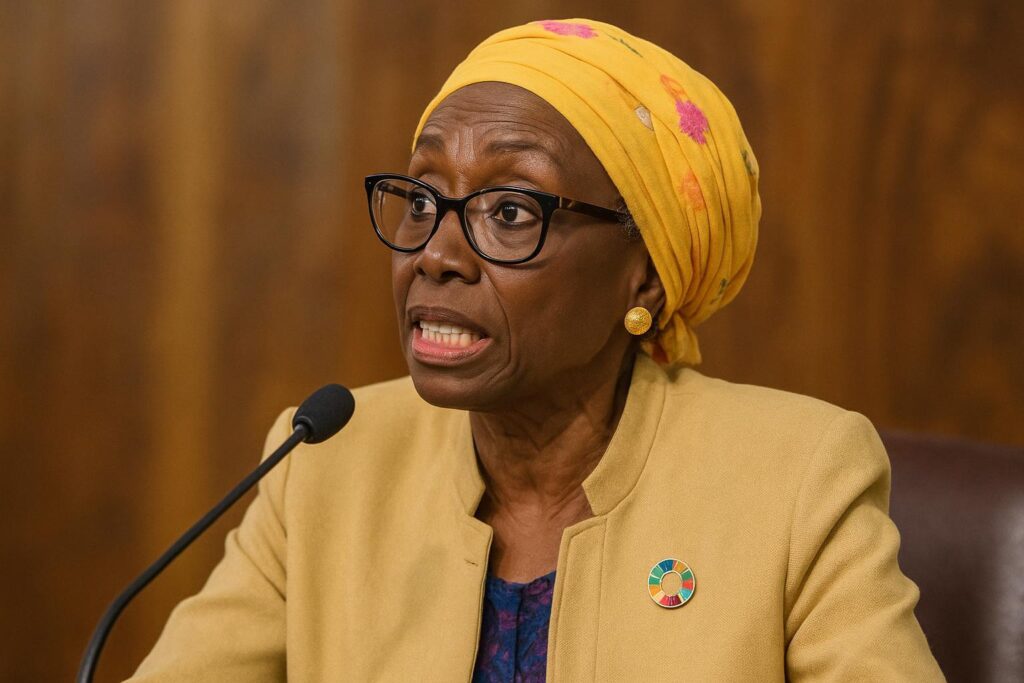South Sudan Humanitarian Alert
On United Nations Day in Juba, UN Resident Coordinator Anita Kiki Gbeho painted a stark picture: 9.3 million South Sudanese require assistance, nearly three-quarters of the population. The figure underscores how conflict and climate shocks continue to shape daily survival.
Displacement Pressures Escalate
More than 320,000 people have been newly displaced inside South Sudan since January, Gbeho noted. In addition, 1.2 million refugees fleeing the conflict in neighbouring Sudan have crossed the border, stretching already thin services in Upper Nile, Unity and other frontier states.
Funding Gaps and Access Hurdles
UN agencies say economic shocks and declining donor commitments threaten lifesaving programmes. Insecurity on key supply routes and early seasonal floods further complicate deliveries, often requiring costly air drops to reach isolated communities.
UN–Government Cooperation Strengthens Response
Dr. Martin Elia Lomuro praised the United Nations as a ‘pillar’ for the young nation, highlighting over 70 past UN peace operations worldwide as proof of experience. Officials in Juba insist partnership remains crucial for peace implementation, economic recovery and institution-building.
Gbeho said the UN continues to protect civilians through its Mission in South Sudan, while simultaneously investing in resilience projects such as drought-resistant crops and vocational training.
Regional Outlook and Next Steps
Analysts warn that spill-over from the Sudan war may intensify, urging regional diplomacy to curb arms flows and facilitate cross-border aid corridors. Inside South Sudan, humanitarian actors call for predictable funding and unimpeded access before the traditional lean season deepens food insecurity.
Despite daunting numbers, Gbeho remains cautiously optimistic: ‘With sustained solidarity, we can help communities move from crisis to stability.’ Her appeal leaves donors and policymakers facing a familiar test—match rhetoric with resources.


